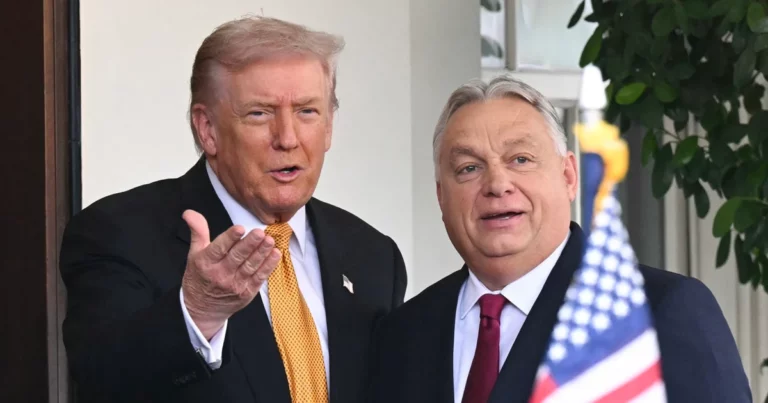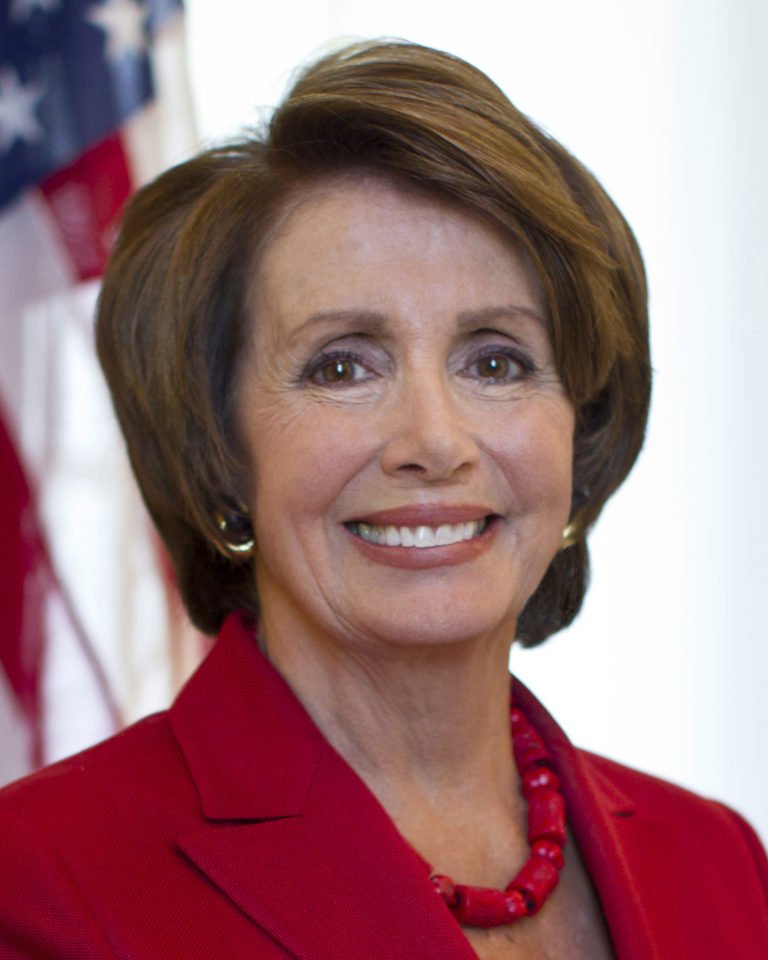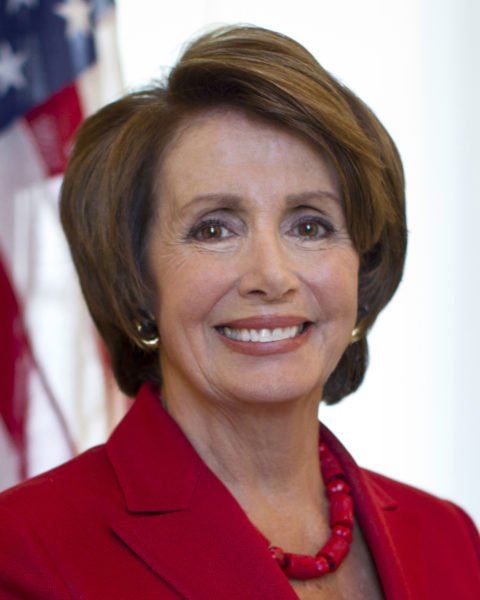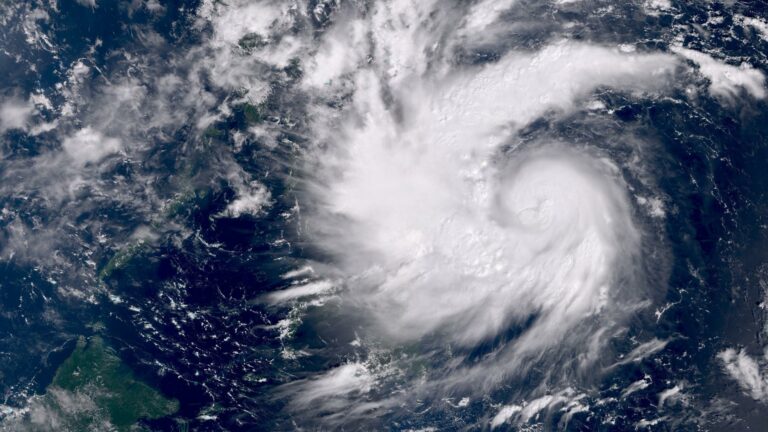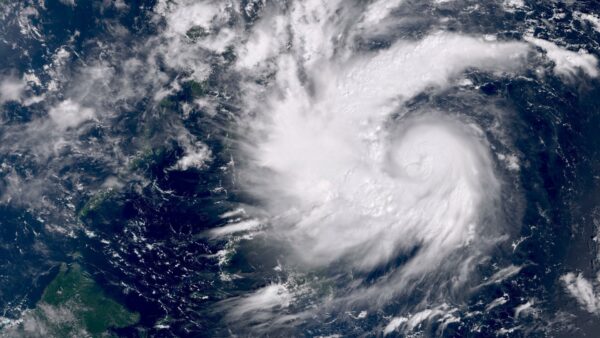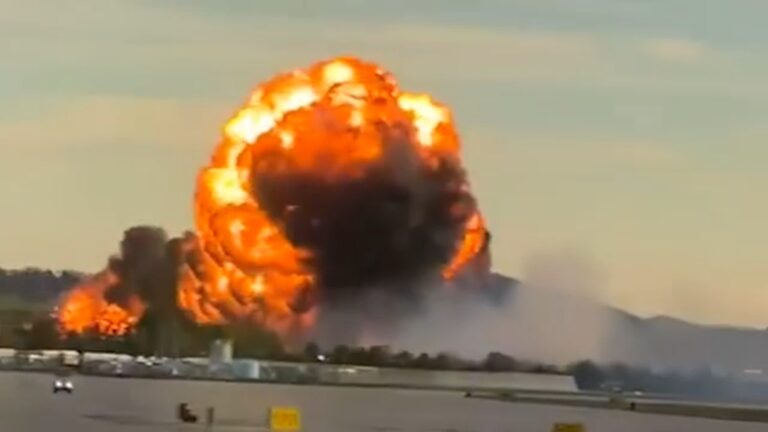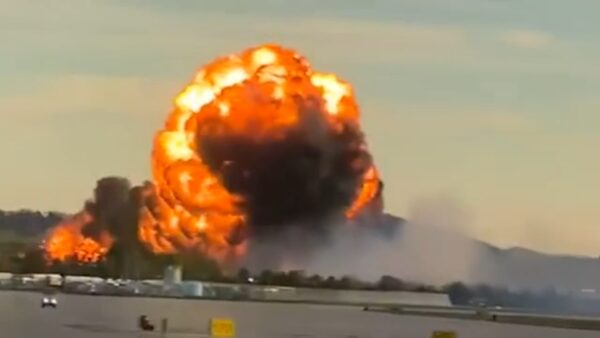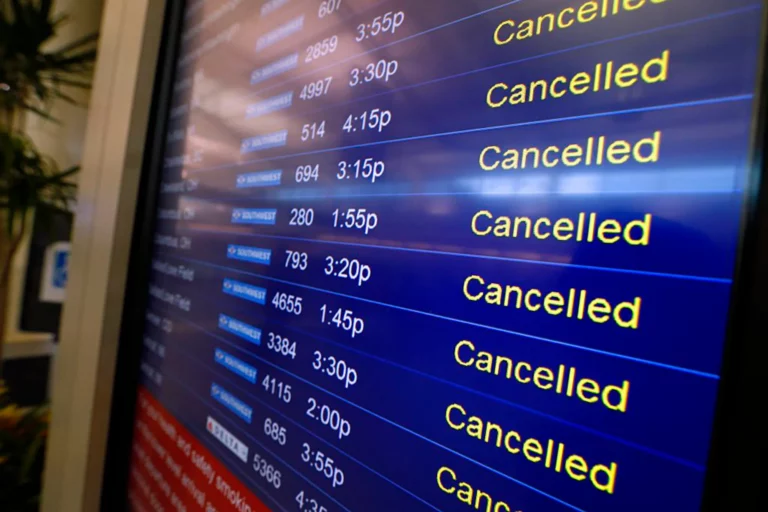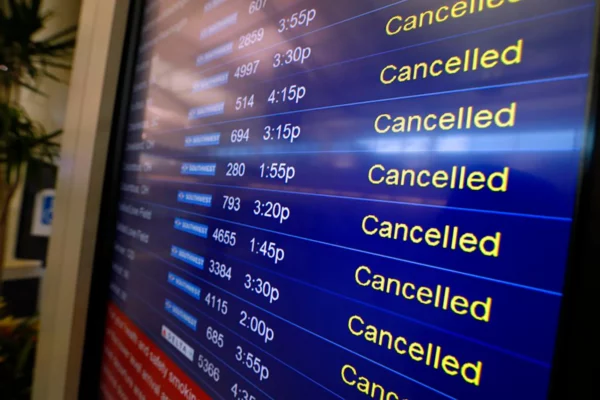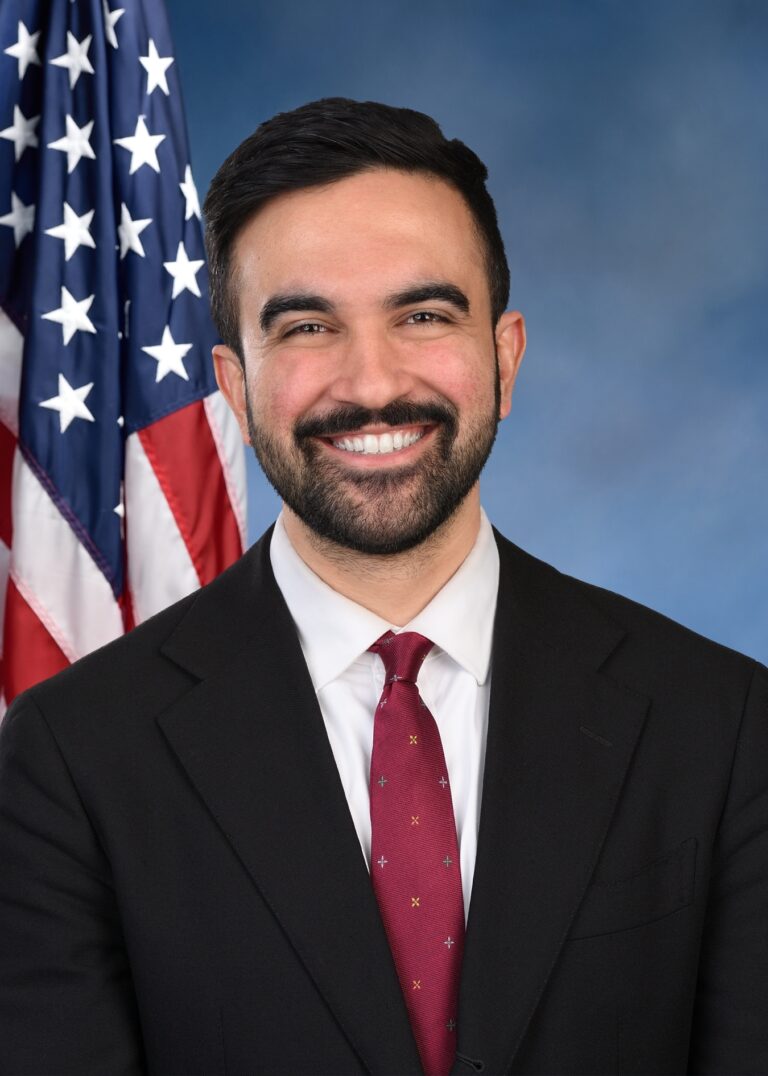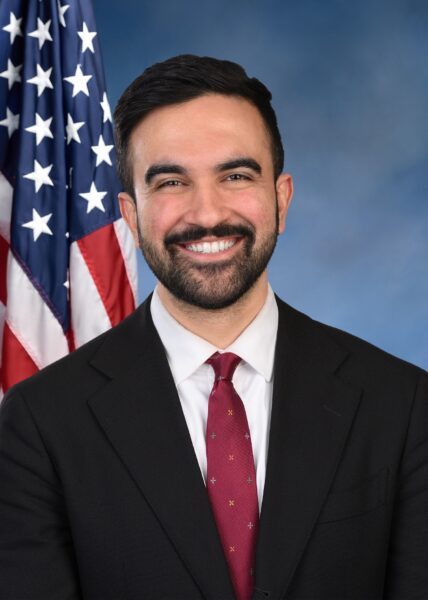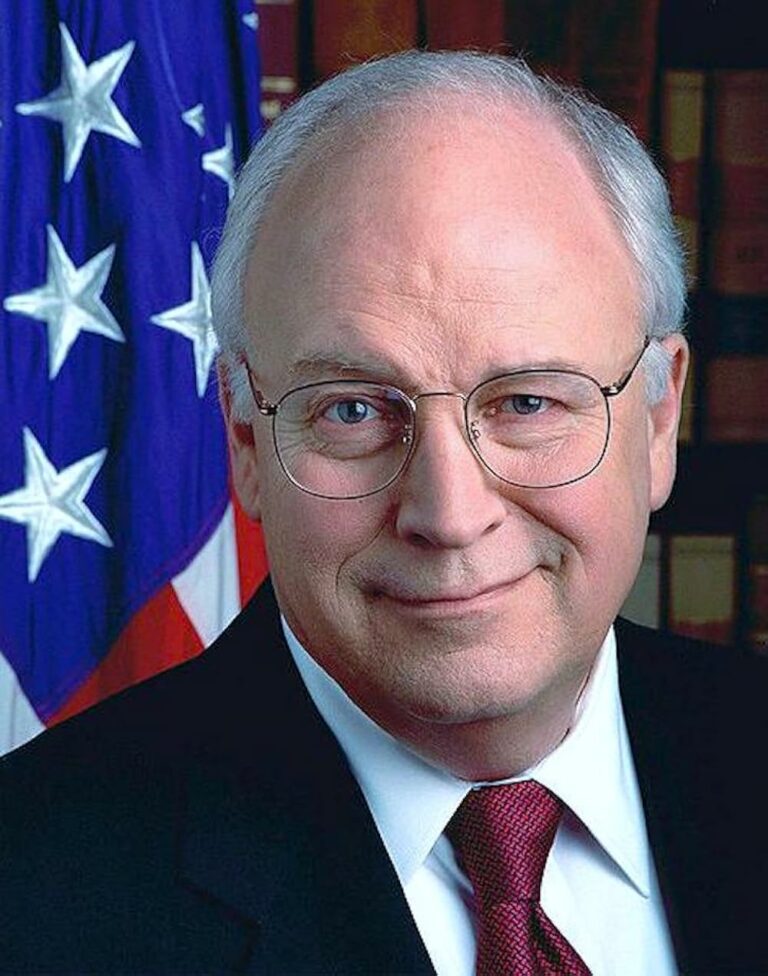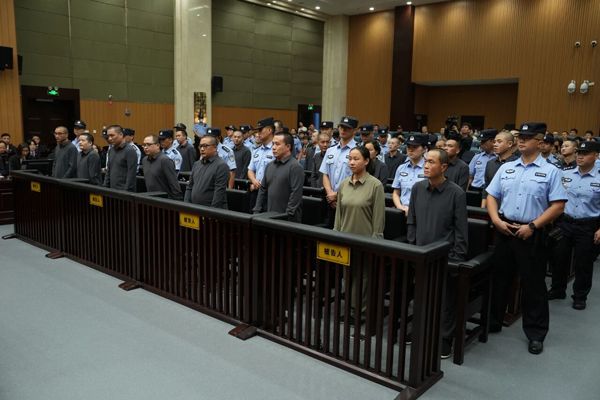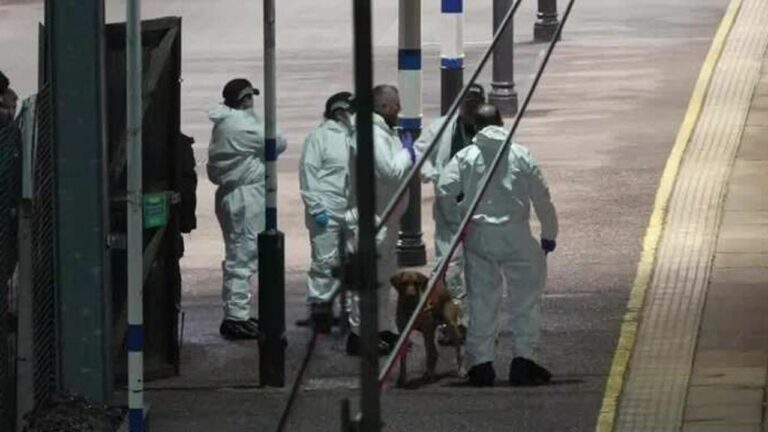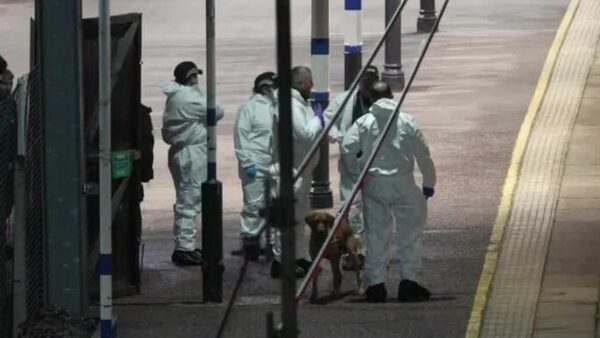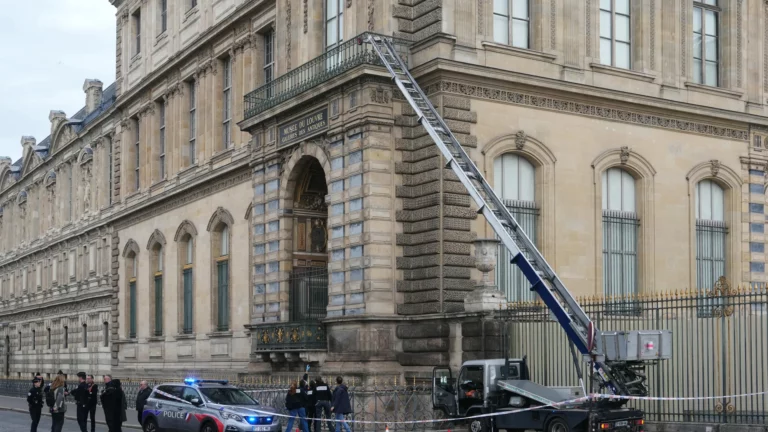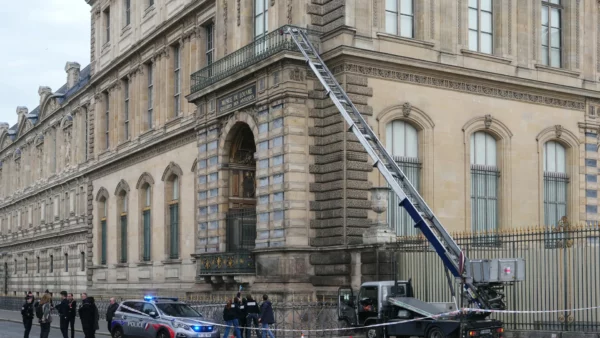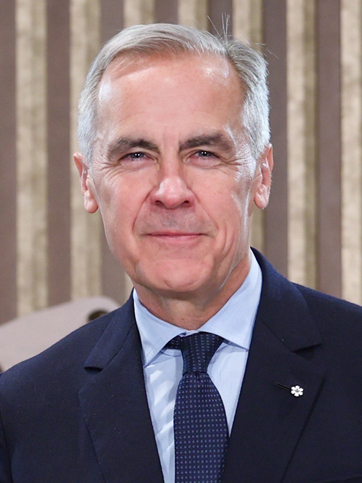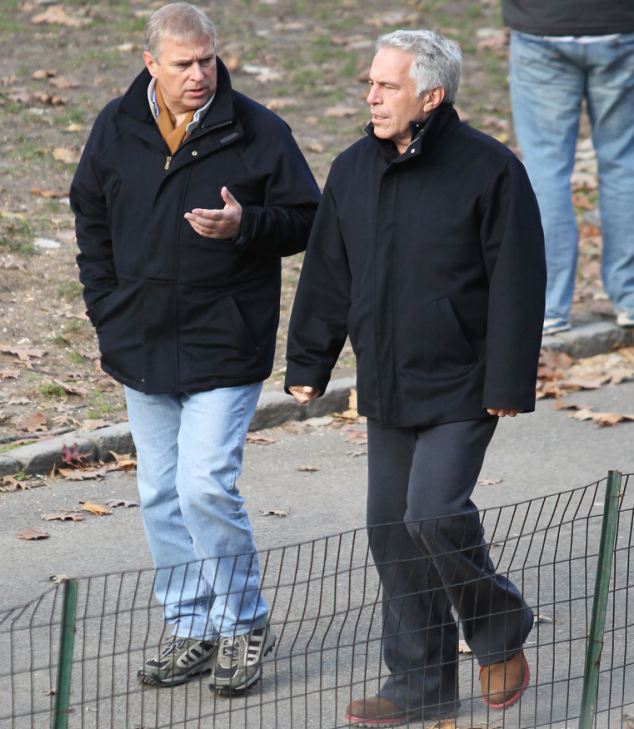President Donald Trump on Friday suggested he is strongly considering granting Hungary a formal exemption from U.S. sanctions targeting Russian oil, offering a significant lifeline to his ideological ally, Prime Minister Viktor Orbán, and creating a deep fissure in the unified Western front against Moscow.
Speaking alongside the Hungarian leader at the White House, President Trump expressed sympathy for Hungary’s position as a landlocked nation dependent on Russian energy infrastructure, despite his own administration having recently intensified sanctions on Russia’s energy giants.
The Landlocked Argument vs. Western Unity
The White House meeting, the first between the two leaders since President Trump returned to office, centered on Mr. Orbán’s urgent request for relief from the secondary U.S. sanctions placed on Russian oil companies, which directly impact Hungary’s ability to secure its energy supplies via the Druzhba pipeline.
“We’re looking at it, because it’s very difficult for him to get the oil and gas from other areas,” President Trump told reporters, while acknowledging Hungary’s geographical challenges. “As you know, they don’t have… the advantage of having sea. They don’t have the ports.”
Mr. Orbán, who has consistently been Moscow’s most reliable advocate within the European Union and NATO, has argued that Hungary has no viable alternative to Russian crude, with over 80% of its oil currently sourced from Russia.
However, the potential waiver immediately drew sharp criticism from European allies and a bipartisan group in the U.S. Senate, who argue that any exemption would:
- Undermine Sanctions Efficacy: Provide Russia with a critical, official exception to the sanctions regime, easing the financial pressure intended to curb the Kremlin’s foreign policy.
- Break Alliance Cohesion: Reward Hungary’s long-standing defiance of the common EU and NATO strategy to isolate Moscow and reduce reliance on its energy.
A White House official, speaking anonymously, later confirmed that a one-year exemption would be granted to Hungary, an allowance that will keep Russian oil and gas flowing to the country via the Druzhba and TurkStream pipelines.
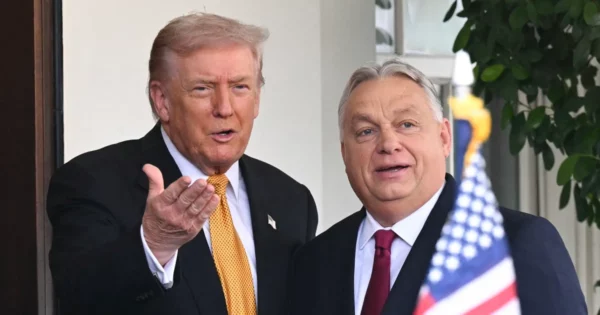
A Political Exchange: Endorsement and Energy
The sanctions discussion took place amid clear political bonhomie between the two leaders. Mr. Orbán, facing a challenging election next year, openly praised President Trump’s administration and his efforts to promote peace in the ongoing conflict.
The Hungarian leader also reportedly offered to purchase American-supplied nuclear fuel and increase purchases of U.S. liquefied natural gas (LNG), framing the move as a diversification effort designed to make the exemption more palatable to Washington critics.
For President Trump, granting the waiver is seen as a gesture of support for a key global figure in the conservative nationalist movement and reinforces his transactional approach to foreign policy, prioritizing ideological affinity over alliance consensus.
The move signals a major shift in U.S. policy regarding the European approach to Russia’s energy exports, creating a distinct two-tiered sanctions system and raising immediate questions about the future unity of the Western alliance.
